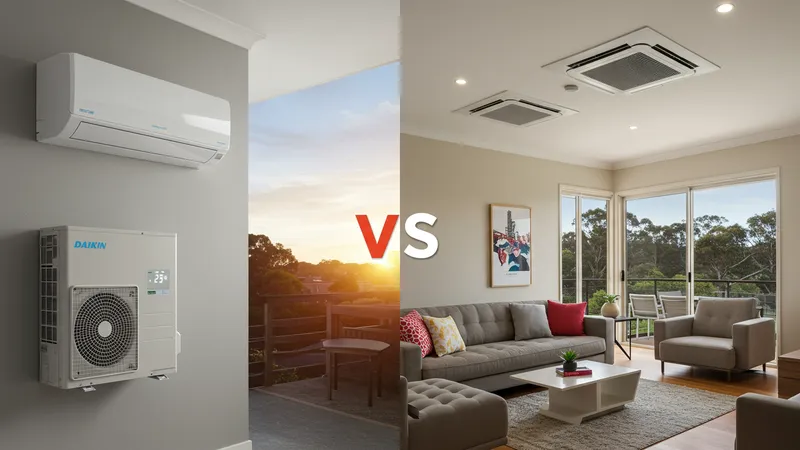
Air Conditioning Services: Keeping Your Home Cool And Comfortable
Comparing Installation Approaches for Efficient Cooling in Australia
The Australian approach to air conditioning installation is far from one-size-fits-all. Daikin split systems are renowned for flexible positioning, making them ideal for apartments and smaller homes where internal space is at a premium. Installers often recommend these units for their relatively straightforward wall-mount procedure and unobtrusive design. In contrast, Fujitsu ducted systems integrate seamlessly above ceilings, distributing cooled air through vents—a solution suited to family homes or open-plan properties where even cooling is non-negotiable.

Installation quality has a direct impact on comfort and system durability. In Australia, licensed installers are required to meet rigorous state and federal standards. This means correct sizing, careful refrigerant handling, and compliance with safety measures—factors that are especially crucial in regions with heatwaves like Queensland or Western Australia. A poorly sized or positioned unit risks inefficient operation, uneven temperature zones, or even premature system failure.
Multi-head split systems from Mitsubishi Electric have been gaining ground in Australian cities, particularly for multi-story homes or properties needing independent control in several rooms. These setups frequently require custom pipework and mounting, a task best handled by specialists familiar with Australian building codes. Compared with individual split systems in each room, the multi-head approach simplifies maintenance while maximizing cooling flexibility.
Consumers often weigh installation costs alongside the promise of long-term comfort. Factors influencing pricing include the age and construction of the home, the number of indoor units, and accessibility of ducting or wall spaces. While upfront investment is higher for ducted or multi-head systems, homeowners across Australia frequently report superior comfort and energy savings over time—justifying the initial spend as a practical investment in both property and well-being.